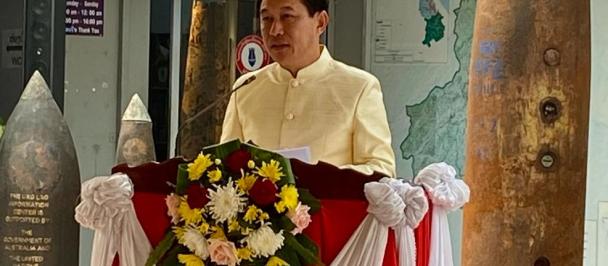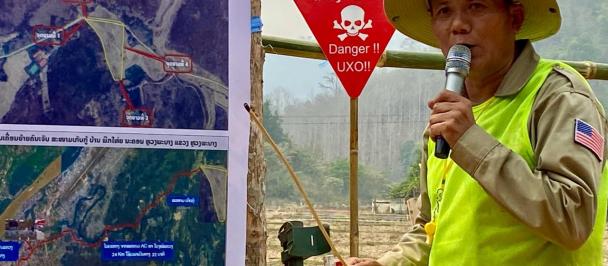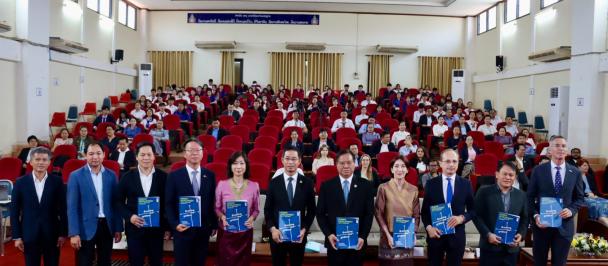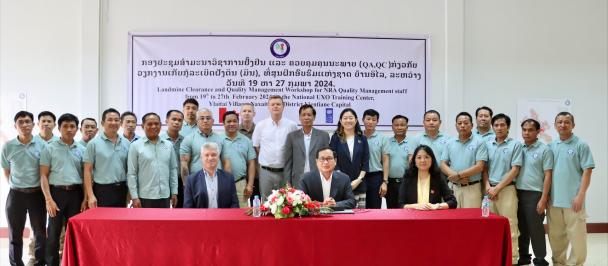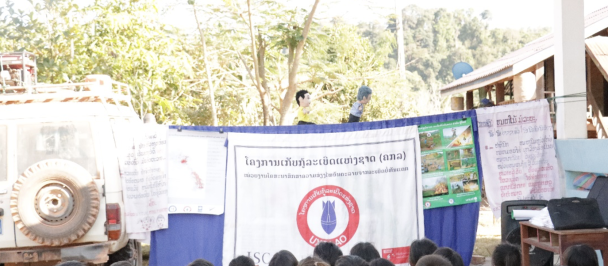by Ketmany Vilayvong, Head of Solutions Mapping, Accelerator Lab, UNDP Lao PDR
An individual’s perspective on air-pollution
January 8, 2023
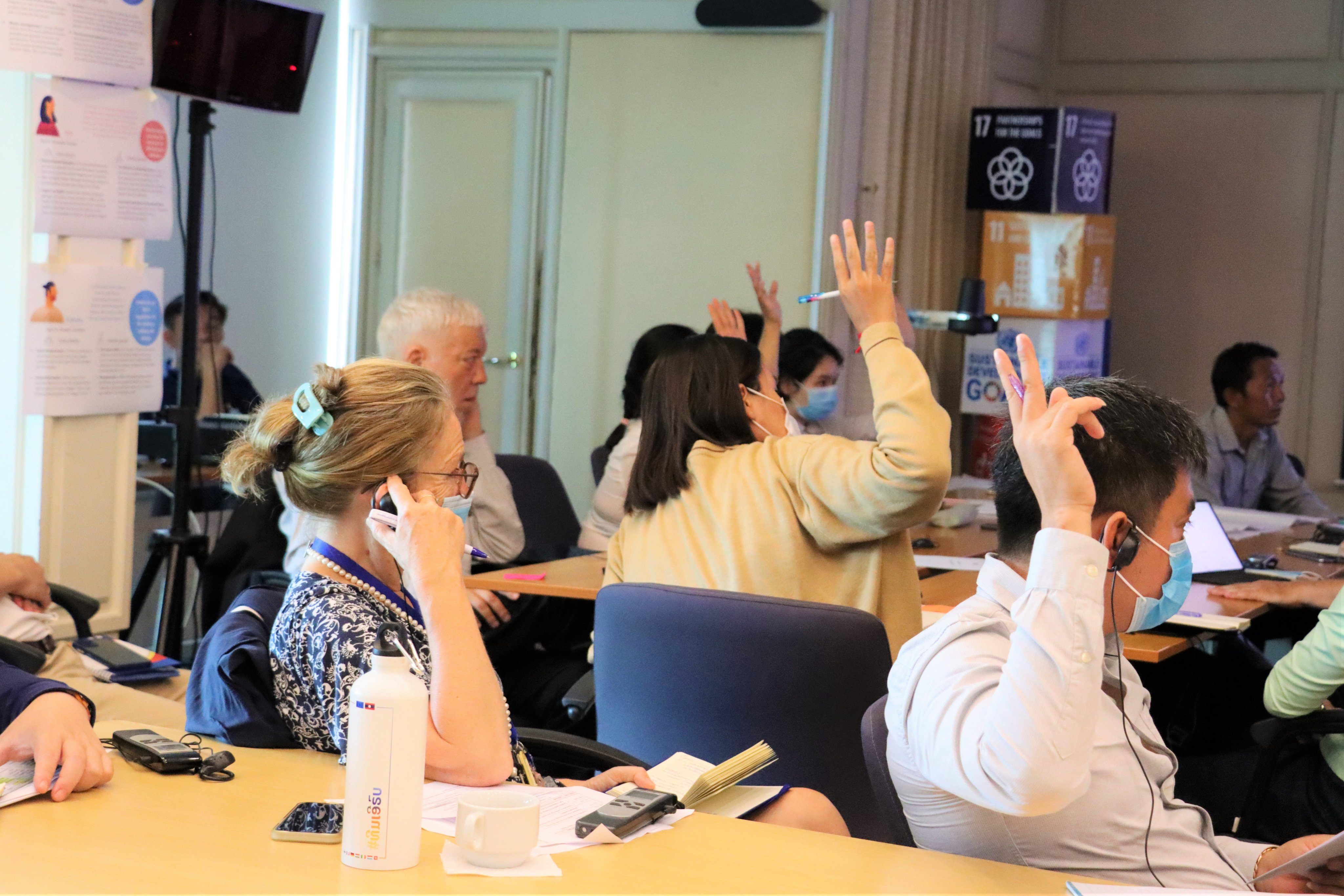
Participants raising their hands to share their thoughts during our co-creation workshop on air pollution.
Air Pollution is an alarming issue in many cities and countries - a transboundary and cross-sectoral challenge which requires collective efforts and co-creation of solutions. Air pollution is closely linked with population growth and economic development and threatens progress in health and environmental protection which has onward economic costs. In Lao PDR, the premature death caused by air pollution is higher than the rest of ASEAN. In the 2019 report of the Global Disease Study, the result showed there were 8,043 deaths. The estimated air pollution especially PM2.5 in Lao PDR was about 37.1 tons in 2019. In Vientiane alone, it was reported at 3.72 tons. Various sources contribute to air pollution, including urban and industrial sources as well as forest fires, vehicle emissions, and agricultural burning. In 2021, the Air Quality Information from one sensor located in the heart of Vientiane Capital showed that there were 165 days considered unhealthy for sensitive groups, 100 days were unhealthy for everyone, and 10 days were in the very unhealthy range. This is serious for a small capital city with the population less than one million people.
UNDP in Lao PDR has been working on Integrated Policy Modeling and Systems-based Engagement for Transboundary Air Pollution Mitigation. We try to use new tools to help us better understand the complex issue and explore solutions for air pollution by using the Social Innovation Platform (SIP), which we work together with the Sustainable Development Goal Integration (SDGi) team of UNDP Bangkok Regional Hub and Agirre Lehendhakaria Center for Social and Political Studies (ALC). We engaged with various stakeholders at different stages of the SIP approach namely stakeholder mapping, deep listening, sensemaking, co-creation, co-design and prototyping.
-
Better understanding the issue through listening and personal stories
The quick listening was carried out by our young volunteers who helped us to capture opinions and perceptions of residents of Vientiane on the current air pollution situation, existing initiatives, opportunities and future risks. We asked people who are directly impacted by the air pollution regardless of their profession, age and economic status. The listening helps us to gain deeper understanding the dynamics of the challenge and people’s needs. We conducted 55 quick, 10 minute, interviews and 52 30-45 minute “deep listening” interviews with relevant stakeholders and Global Policy Network (GPN). 260 coded quotes were extracted from primary sources and around 120 references from secondary sources such as daily news, collective interpretation and co-creation session, field work, etc.
As a result, we have the following patterns which show the three different levels of narratives.
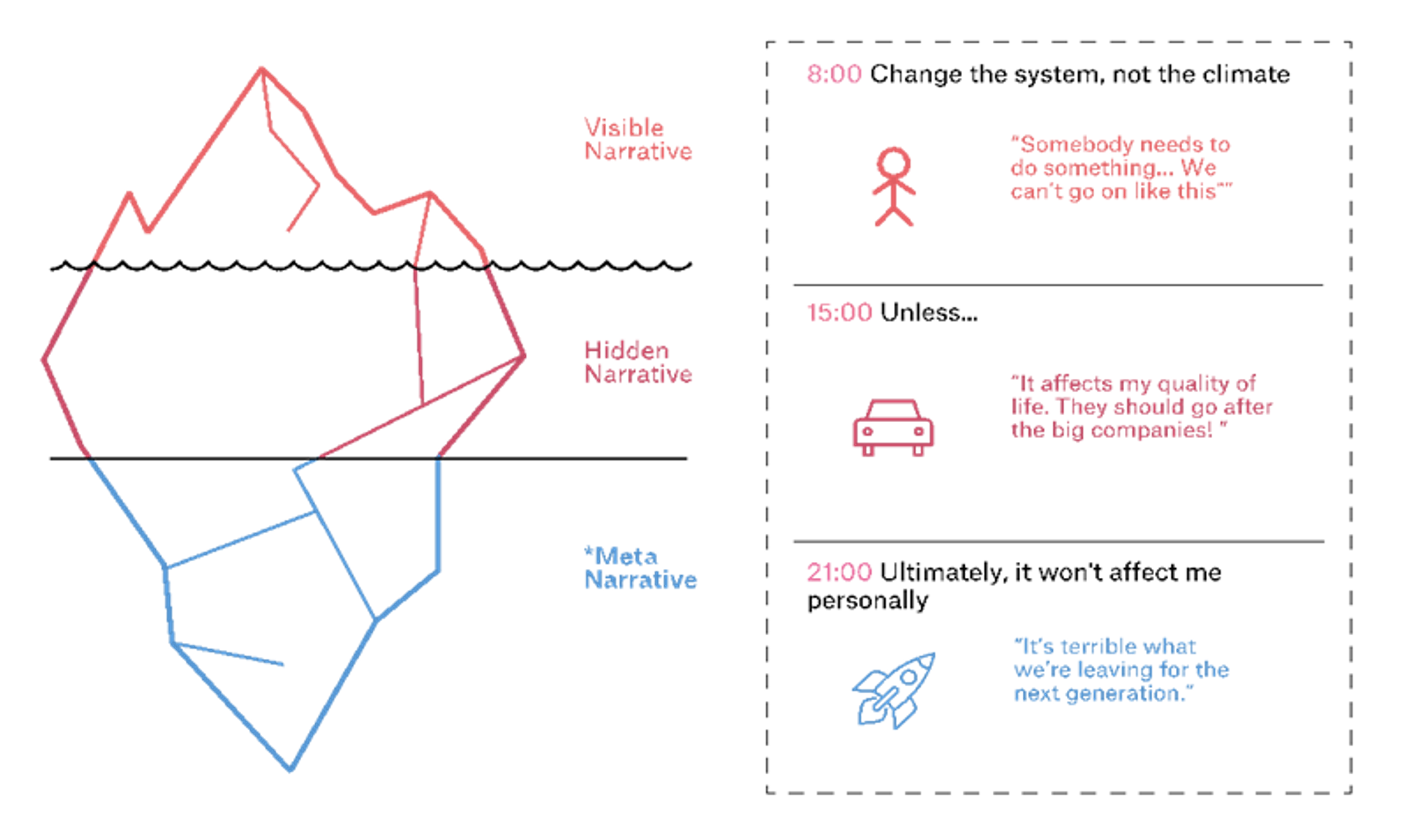
The patterns are brought together with the identified challenges, opportunities and relevant info to 6 PERSONAS. The personas are not merely based on demographic data or quantitative analysis; they represent unified perception, behavioral and thinking pattern.

-
Co-creating people centered portfolio
All these findings will make sense if the people understand and find them relevant. We went back to the community and landfill area to share the personas with them and asked for feedback. Many participants could relate to many personas.

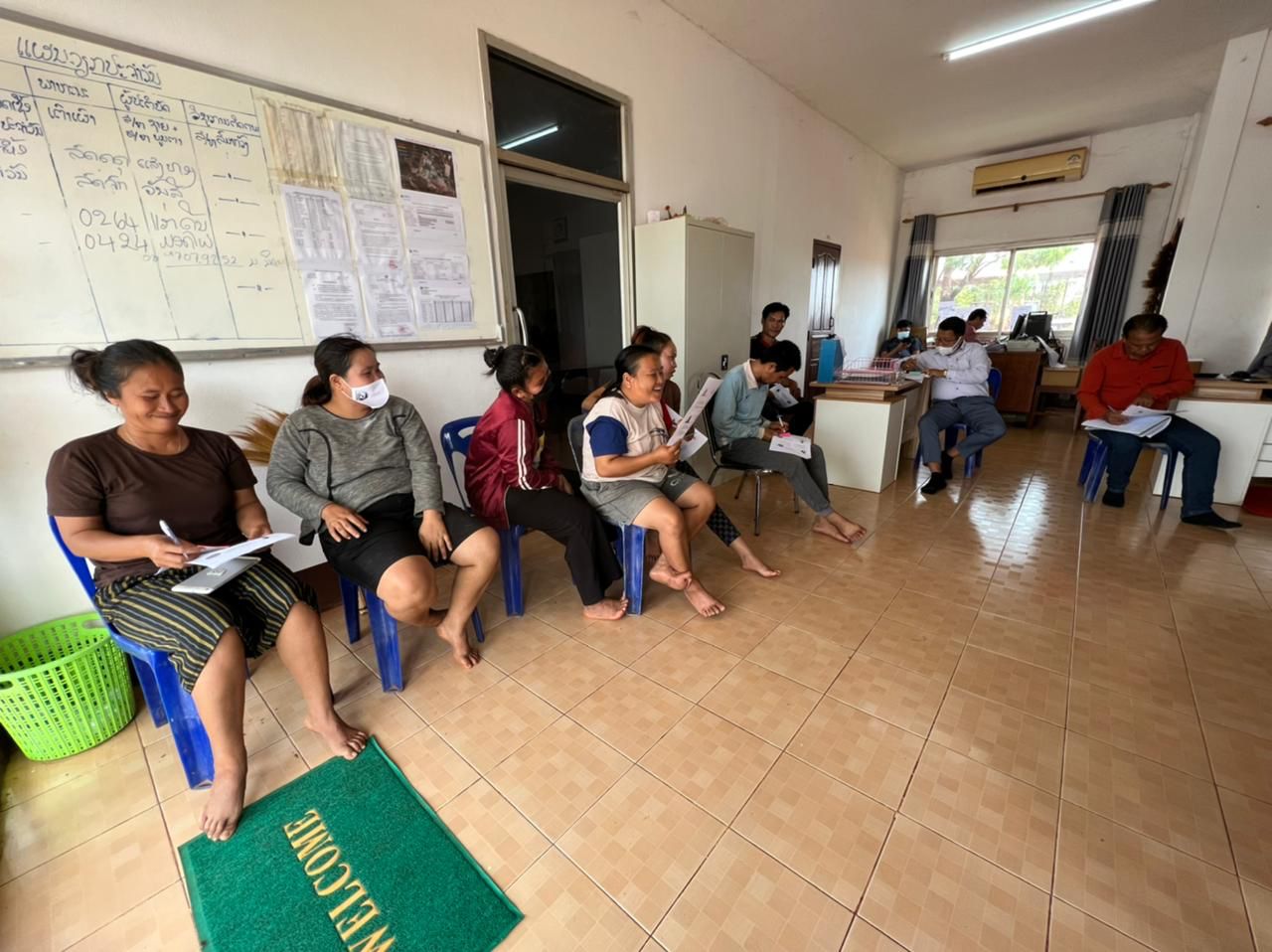
Participants reviewing and commenting on the identified personas
Air pollution is a transboundary and cross-sectoral issue, not only for the Ministry of Natural Resources and Environment, but requires inputs from local population and district authorities, as well as Ministry of Planning, Ministry of Agriculture and Forestry, other line ministries, private sector and Civil Society Organizations (CSOs). In the co-creation workshop, representatives from all mentioned sectors as well as the academia took part. Co-creation is a process by which new ideas and solutions are developed collaboratively. The participants jointly selected and voted for the projects or ideas which they think are important and should happen to mitigate air pollution. The ideas or projects were taken from the three main themes associated with air pollution- waste management, transportation and industry.
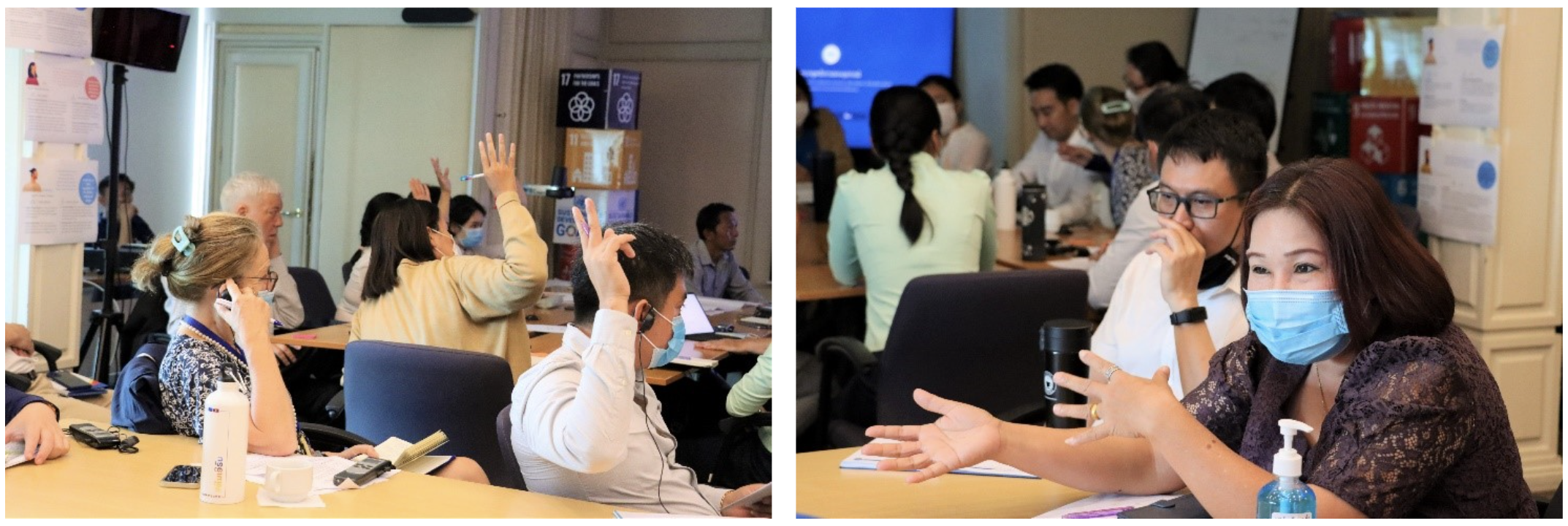
The co-creation workshop was followed by more consultations to further develop the three mostly voted prototypes:
- Prototype 1: Public transport improvement and digitalization (level of intervention: services and large scale)
- Prototype 2: Regulation to increase green area in urban planning and practices with open and inclusive platform (open/data) to monitor and report to better enforce the urban law (level of intervention: regulation)
- Prototype 3: Temple Composting (level of intervention: community)
However, there are more existing initiatives and new ones captured during our comprehensive process. To tackle the issue at the systemic level, portfolio of solutions will be the way forward. We realized that a single activity at community level alone is not enough but the co-created portfolio solutions must address the high environmental inequality, lack of awareness, lack of appropriate fiscal incentivization, fragmented policy, suboptimal taxation and fee systems to drive behavioral and business operation change towards sustainability.
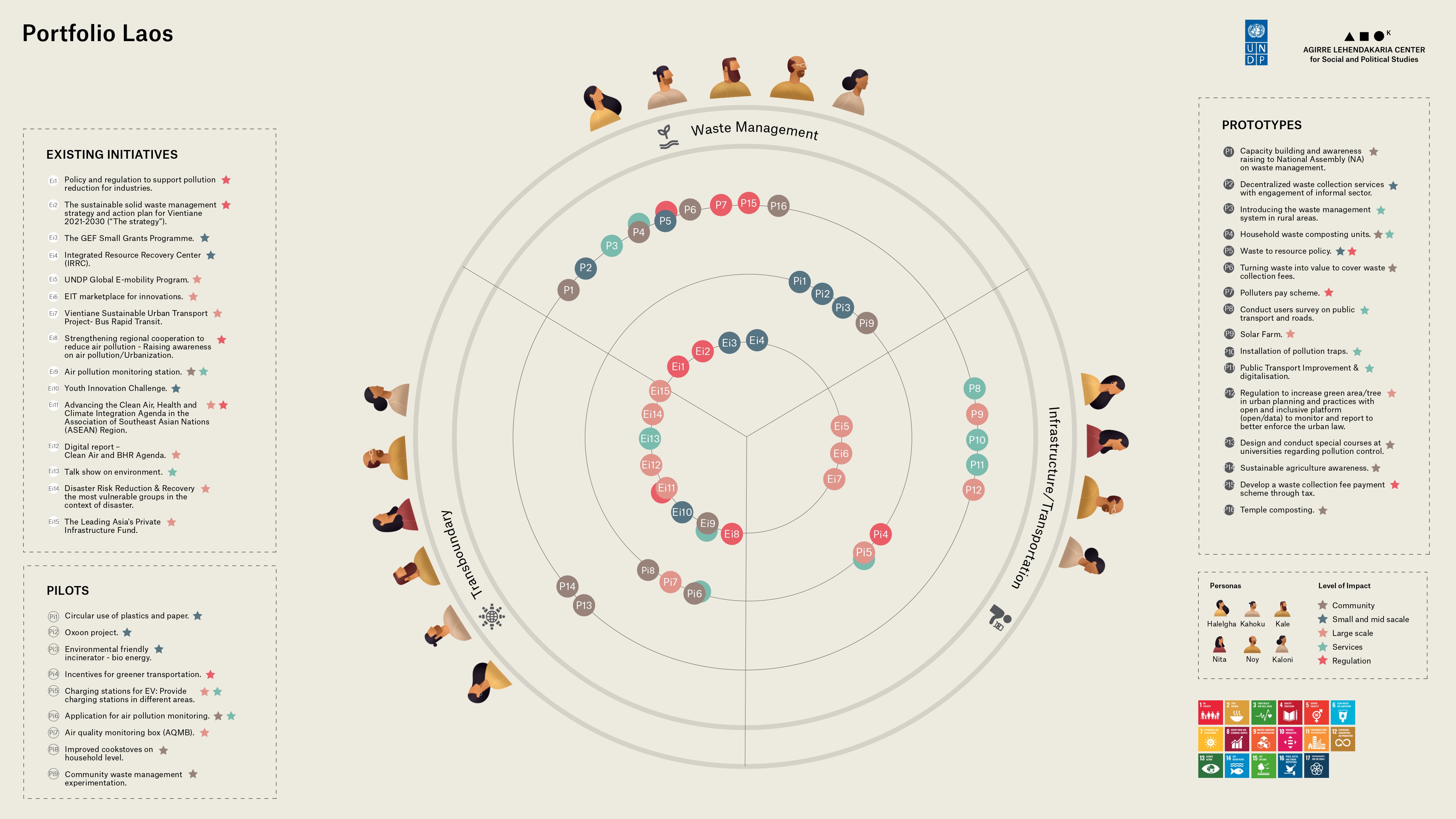
-
Change of mentality and strategic next steps
The implementation of the SIP is regarded as a great opportunity for UNDP in Lao PDR to experiment and learn how an inclusive bottom-up approach can be applied to solve a complex and wicked problem like air pollution. From the system mapping, the relevant projects related to air pollution are identified. This means there is a great opportunity for SIP integration within UNDP. The core elements of the SIP allow the development of new capabilities. All the processes have put people in the center, reflecting and incorporating diverse perspectives. It helps UNDP core team to extract the knowledge as well as new insights from the community and this approach potentially could be turned into a new service offered by UNDP to train or to create new capability with the community.
We are also successful to get people interested in the approach and get to interact with unusual stakeholders such as Bus Enterprise, tech firm, and a few more. This also sees the opportunity for more cross-sectoral collaboration to mitigate air pollution. We think that this exceptional experience will open the door to more partnerships, resource mobilization and inclusion to improve and eventually implement the prototypes to contribute to the mitigation of air pollution, for the benefit of individual health, economy, environment and society.
This blog was written by Ketmany Vilayvong, Head of Solutions Mapping, Accelerator Lab, UNDP Lao PDR, and reviewed by Ricarda Rieger, UNDP Lao PDR Resident Representative and SDG Integration Lead, Christine Wellington-Moore.
----------
The views expressed in this article are those of the author alone and not the United Nations Development Programme.

 Locations
Locations